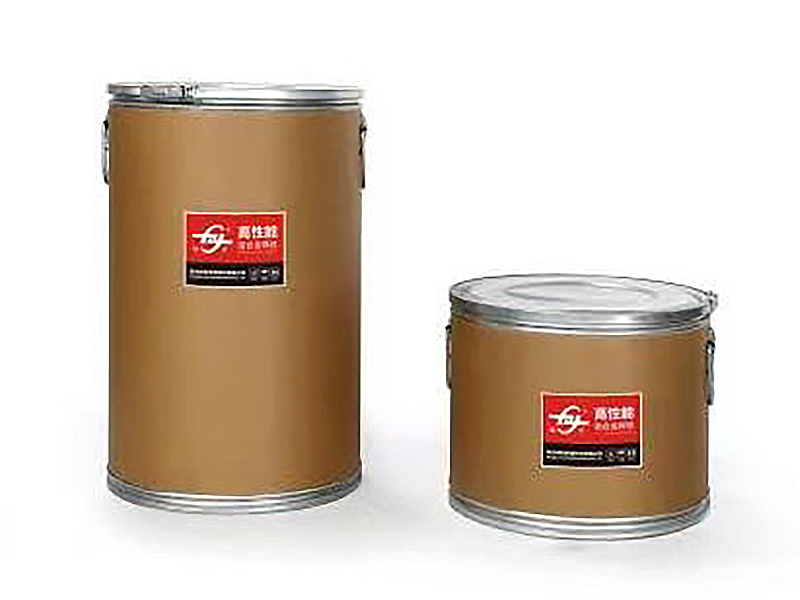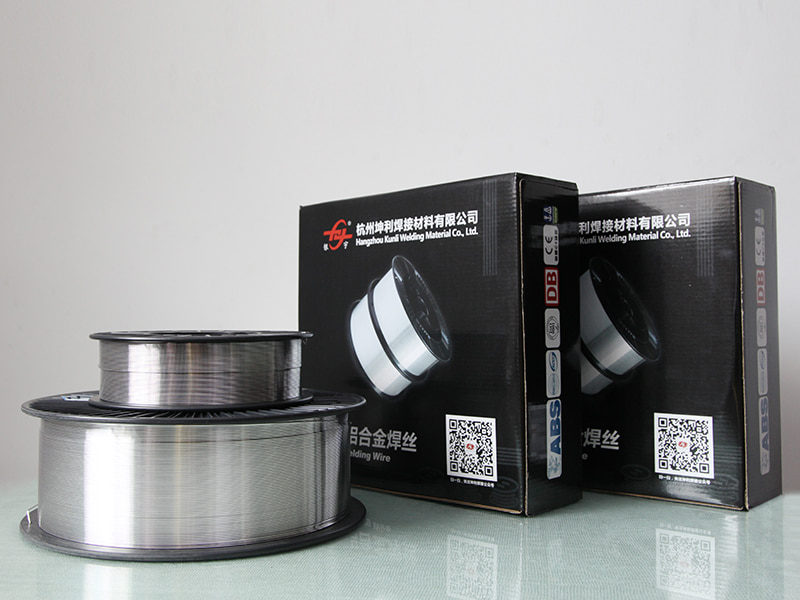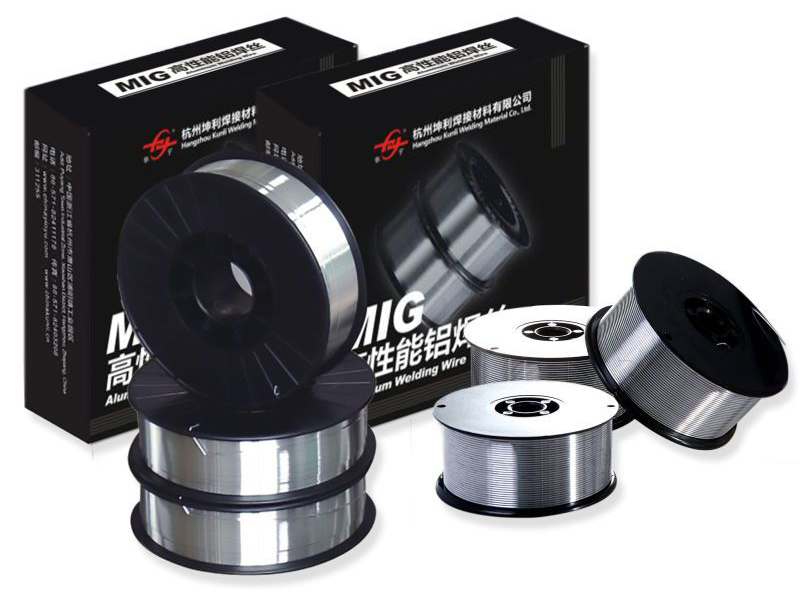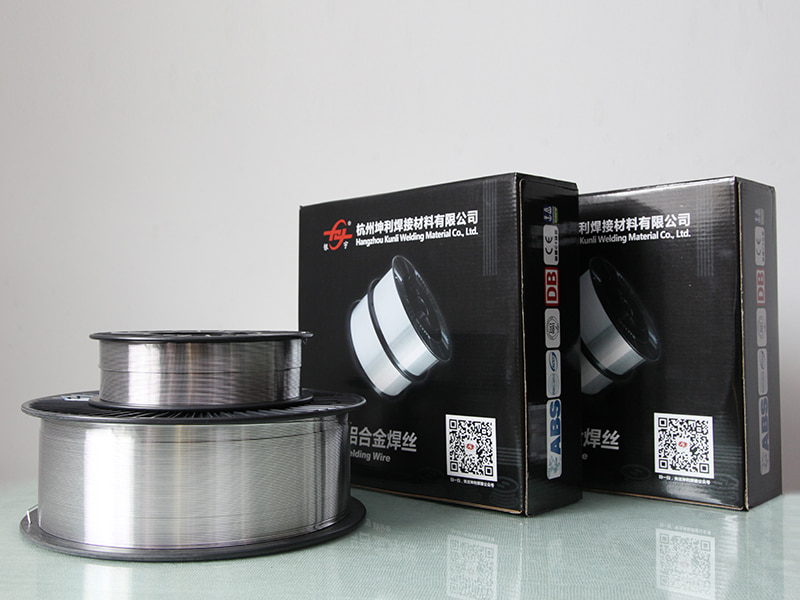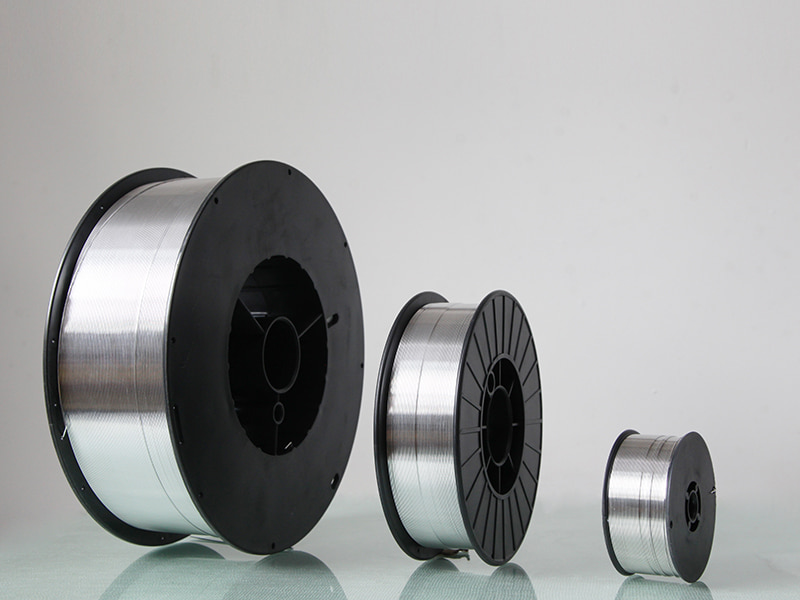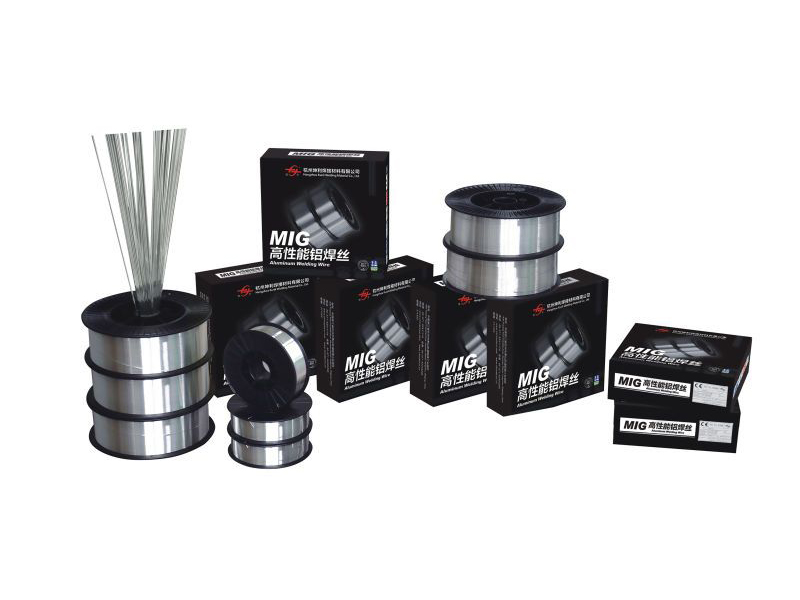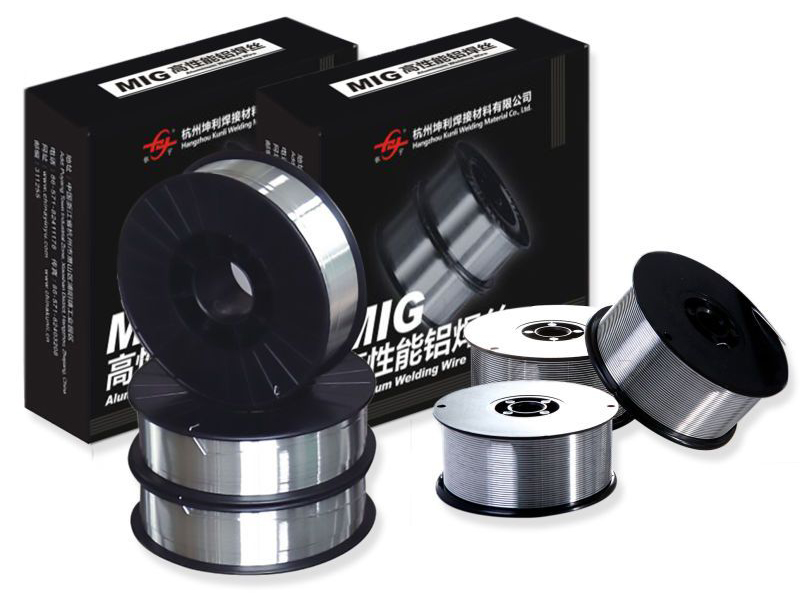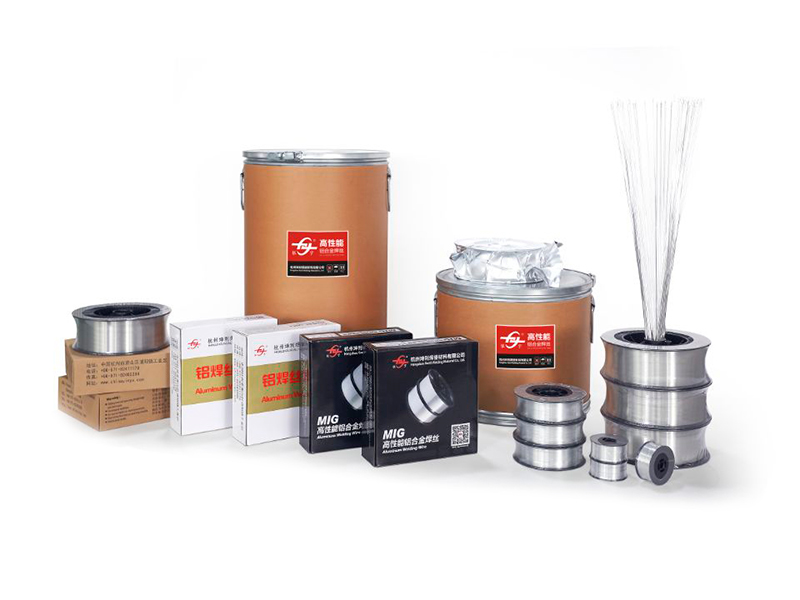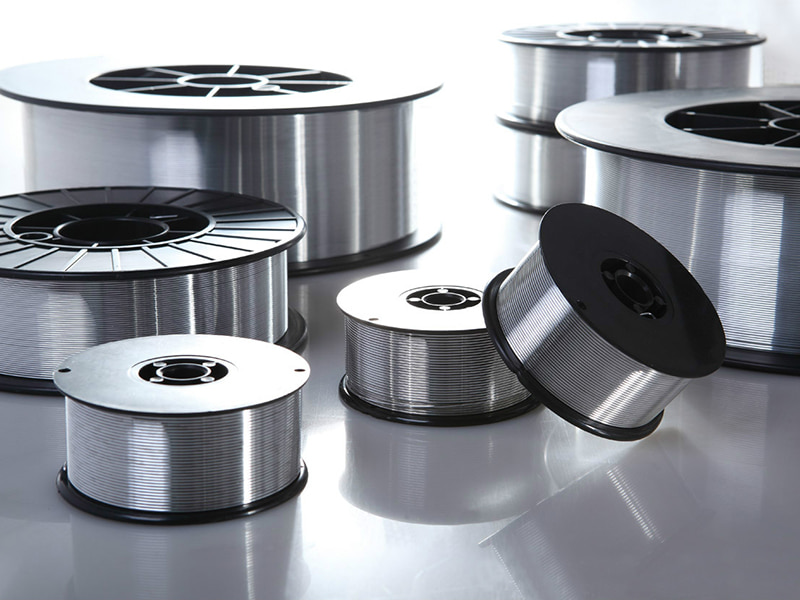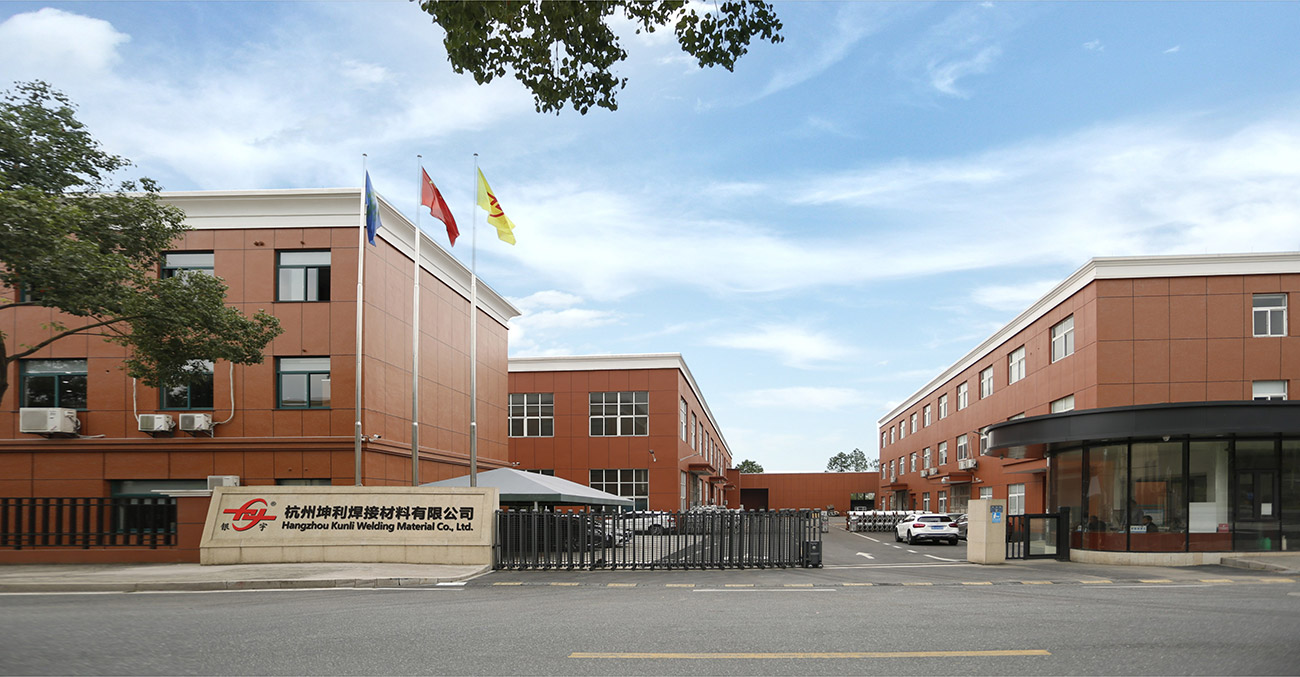Introduction
The welding of thin aluminum materials, common in heat exchangers, enclosures, and light-gauge structures, requires extremely small diameter wire to control heat input and prevent burn-through. Our small diameter wires are precision-drawn to guarantee flawless feeding through delicate gun liners and contact tips. This consistency is essential for stable arc performance at low voltage/amperage settings, delivering the precise control needed for high-quality, continuous welding on sheet metals as thin as 1.0mm or less.
Specification
| Diameter Range | 0.6mm, 0.8mm, 0.9mm, 1.0mm |
| Key Property | Precise diameter tolerance and superior feedability |
| Material Focus | ER4043 and ER5356 for versatility on thin stock |
| Process Focus | Optimized for low-amperage, pulsed MIG welding |
| Packaging | Precision layer-wound on high-quality plastic spools |
Applications
Automated welding of aluminum automotive heat exchangers and HVAC coils.
Joining thin-walled aluminum tubing and small-diameter pipes.
Robotic welding of enclosure panels and small electrical components.
High-speed pulsed MIG welding of thin aluminum sheet metal.
FAQ
- Q: What challenges are unique to welding with small diameter aluminum wire?
- A: The main challenges are achieving consistent feeding through long liners (which requires high precision winding and cleaning) and maintaining arc stability at very low current densities to avoid burn-through.
- Q: Is 0.8mm or 1.0mm wire usually the standard for aluminum heat exchanger production?
- A: 0.8mm is often favored for thin-walled tube-to-fin or tube-to-header joints due to its superior heat control, while 1.0mm is used for slightly thicker headers and structural supports.
 English
English Deutsch
Deutsch
 English
English Deutsch
Deutsch

